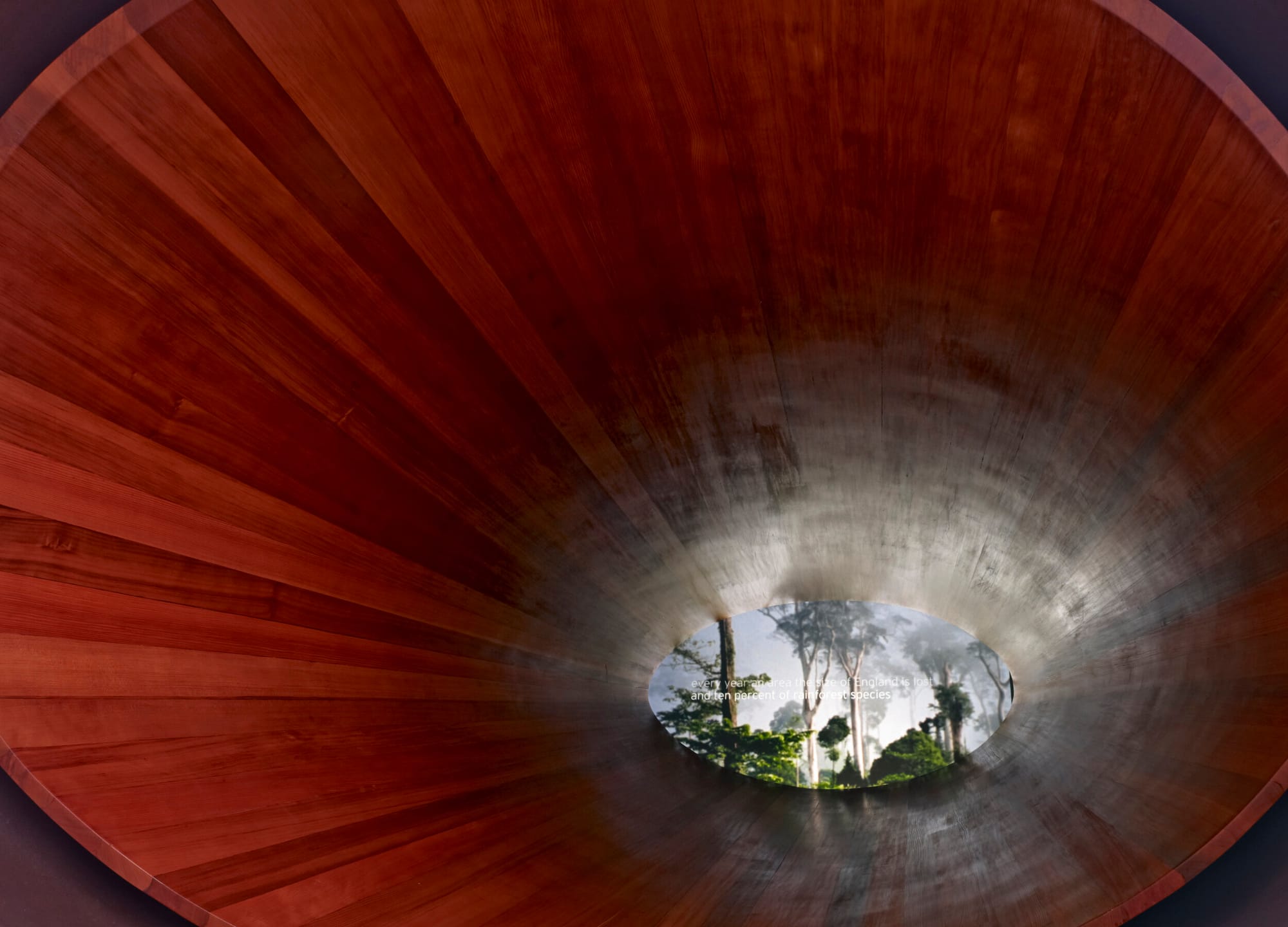Maya Lin is an artist/architect who rose quickly to fame when, as a college student at Yale, she submitted the winning design for the Vietnam Veteran Memorial in Washington, DC. Since then, she has created such an impressive body of work that she was given the Presidential Medal of Freedom in 2016 by President Barack Obama.
A consistent theme in Lin's work is a deep concern for and connection to the natural environment. That has been particularly evident in the "memorial" she has been creating for the last 15 years—what she calls the last of her five memorial works, of which the Vietnam Memorial was the first.
Titled What is Missing?, this work is an ongoing, multi-site installation that is not only created in different places and different times, but is also being created in different mediums such as sculptures, videos, writings, and a website, where all the pieces are brought together.
What unites all these seemingly disparate pieces is the focus and the intention, since the entirety of the work is designed to be a massive and poignant memorial to our planet.

What is Missing? focuses on the sixth mass extinction in the history of our planet and the stark possibility that by 2100, 50% of all species on earth may face extinction. Central to the work's aim is to make the point that this sixth mass extinction is the only mass extinction in the history of our planet brought about by a single species inhabiting that planet—the human. Therefore, humans have the ability to affect this trajectory.
The science-based art of the installations highlights the degradation and loss of the habitat that are behind the extinctions. The degradation and/or loss of forests, water, prairies, and other habitats is approached through art so that the viewer can approach the facts in a new way.
Although Lin calls What is Missing? a memorial, it isn't a memorial in the sense of a funeral service after hope for revival is past. It isn't solely a lament for what has been lost or on its way to being lost; the experiences it creates also calls viewers and listeners to action, encouraging them with stories of actions that have resulted in positive change.
Lin presents possible futures that are bleak, but also believes that a different future is possible and through the art provides glimpses into potentially different outcomes and solutions that could change the current trajectory. By breaking down what is happening into smaller pieces, Lin makes it easier to see what a single individual can do to make a difference through actions such as eating less meat or prioritizing which produce to buy organic versions of based, for instance, on standard pesticide application practices for particular types of produce.
As Lin says on Whatismissing.org webpage: Loss is merely the departure point. What Is Missing? is equally focused on solutions – imagining plausible visions for a sustainable future, showcasing what is being done around the world to help, and utilizing art to pose new ways of looking at the problems we face – giving us hope that each of us can make a difference.
In a time when people are looking for a pathway to change and wondering if it is too late to change the outcome, What is Missing? is a valuable resource that can provide accessible information in an engaging (and extensive) format. There are videos to watch, stories to read, and a storehouse of solutions to help understand the underlying problems, find ways to contribute to the solutions, and learn about some of the many positive actions that are already being taken.
As visitors are asked when visiting the website:
Can we learn to share the planet?
I encourage you to take some time to explore all that the website for What is Missing? has to offer. Personally, I know that I have only touched on the surface of what is available there. You might want to choose an action or two to work on in your own life, understanding that, to bring about a different future scenario will require us to continue to implement changes for the length of our lives. Like the What is Missing? memorial itself, this is no single piece of work for us to complete and then move on from, but a lifetime of work.
Feel free to leave a comment below (you can sign in through your email) or contact me directly at louise.conner@circlewood.online.
Louise